Red Bull Racing race director Laurent Mekies recently spoke about the controversial decision regarding Max Verstappen’s late pit stop during the São Paulo Grand Prix at Interlagos. While the Dutch driver led the race, the team opted for a second late stop, which raised many questions among Formula 1 fans and experts. Mekies was candid on the subject, explaining that the decision was not a mistake, but a strategic choice based on performance data and tire wear. According to him, victory was probably not achievable in the current circumstances and it would have been unrealistic to expect Verstappen to maintain his first place without taking a significant risk. This statement highlights the complexity of decisions in racing, where every stop, every lap and every strategy is carefully analyzed by the technical team and engineers at the pit wall.
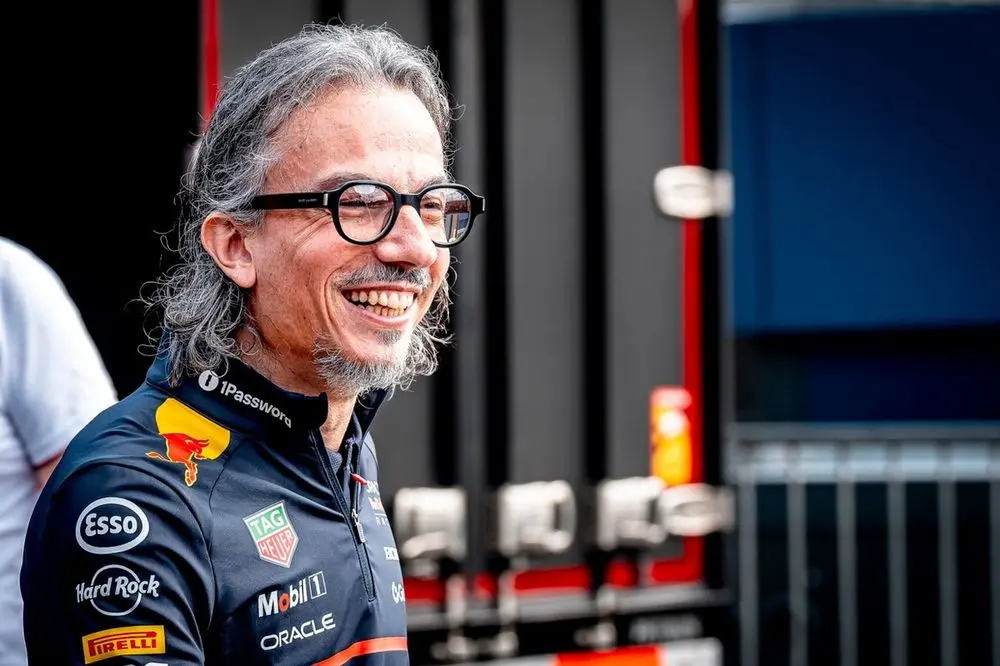
In his comments, Mekies emphasized the importance of continued discussion between engineers and strategists at the pit wall. Modern Formula 1 relies on a delicate combination of performance calculations, tire management and analysis of real-time racing conditions. In Verstappen’s case at Interlagos, the data indicated that tire degradation reached a point where maintaining the first-place pace would be extremely difficult, if not impossible. The team therefore had to decide whether a second stop would maximize its chances of a podium finish. Mekies emphasizes that the decision has enabled Red Bull, despite the risk, to secure a podium place and minimize the loss of points. This pragmatic approach reflects the reality of F1, where decisions often have to be made under uncertainty and intense pressure.
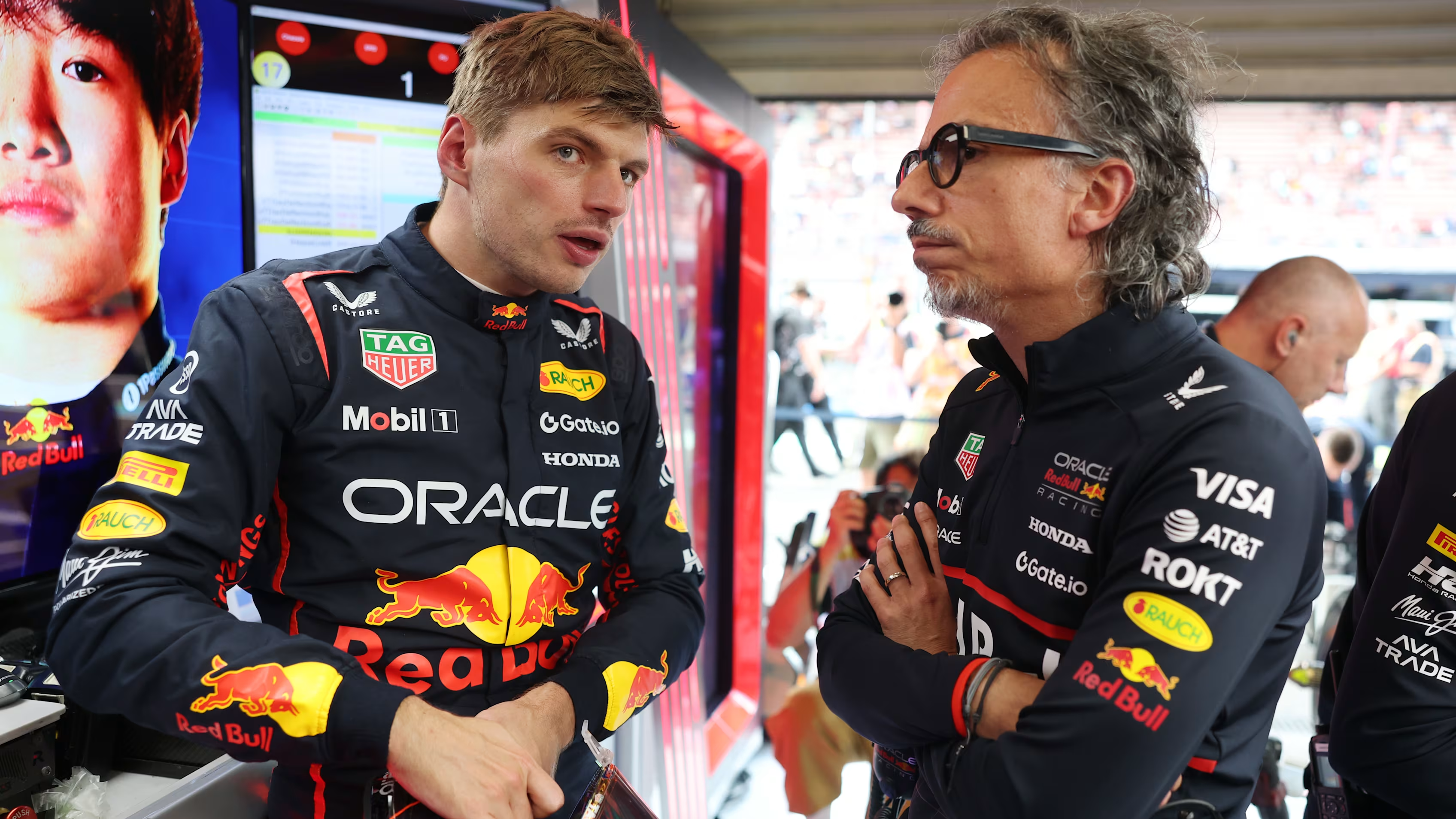
The choice to make a second late stop is always a gamble. Every driver and team must weigh the risk of losing pit time against the potential benefit of new tires for the final laps. Mekies admitted that an extra lap could in theory have allowed Verstappen to climb to second place, but first place remained out of reach due to tire degradation and the car’s performance. This analysis shows how decisions in F1 are rarely simple and how much they depend on a combination of technical data, experience and strategic intuition. Mekies’ transparency is also important, as it gives fans and analysts insight into the decision-making process behind every racing maneuver.
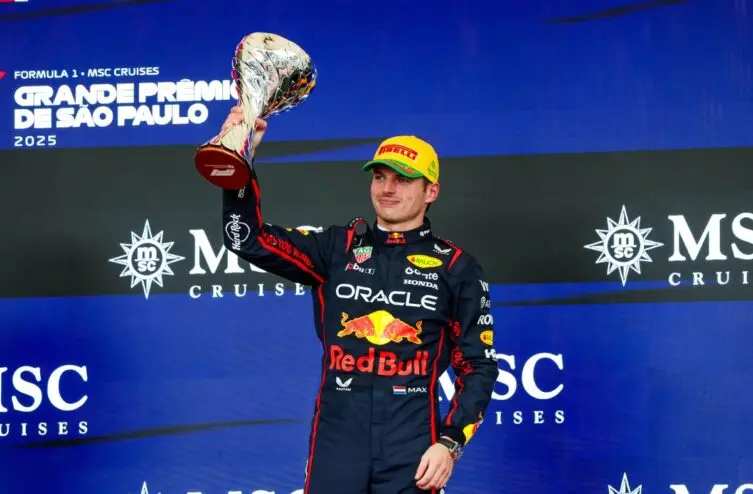
The incident at Interlagos also illustrates how tire management directly affects the outcome of races. Teams must continually evaluate tire temperature, pressure and wear to determine the optimal time for a stop. In Verstappen’s case, rapid tire wear would have compromised his ability to defend his position if the team had chosen to remain on track without a second stop. Mekies explains that these types of decisions are often a matter of a compromise between immediate performance and the overall racing strategy. Engineers must anticipate not only the driver’s speed, but also that of the competitors and the time remaining in the race, making every decision crucial.
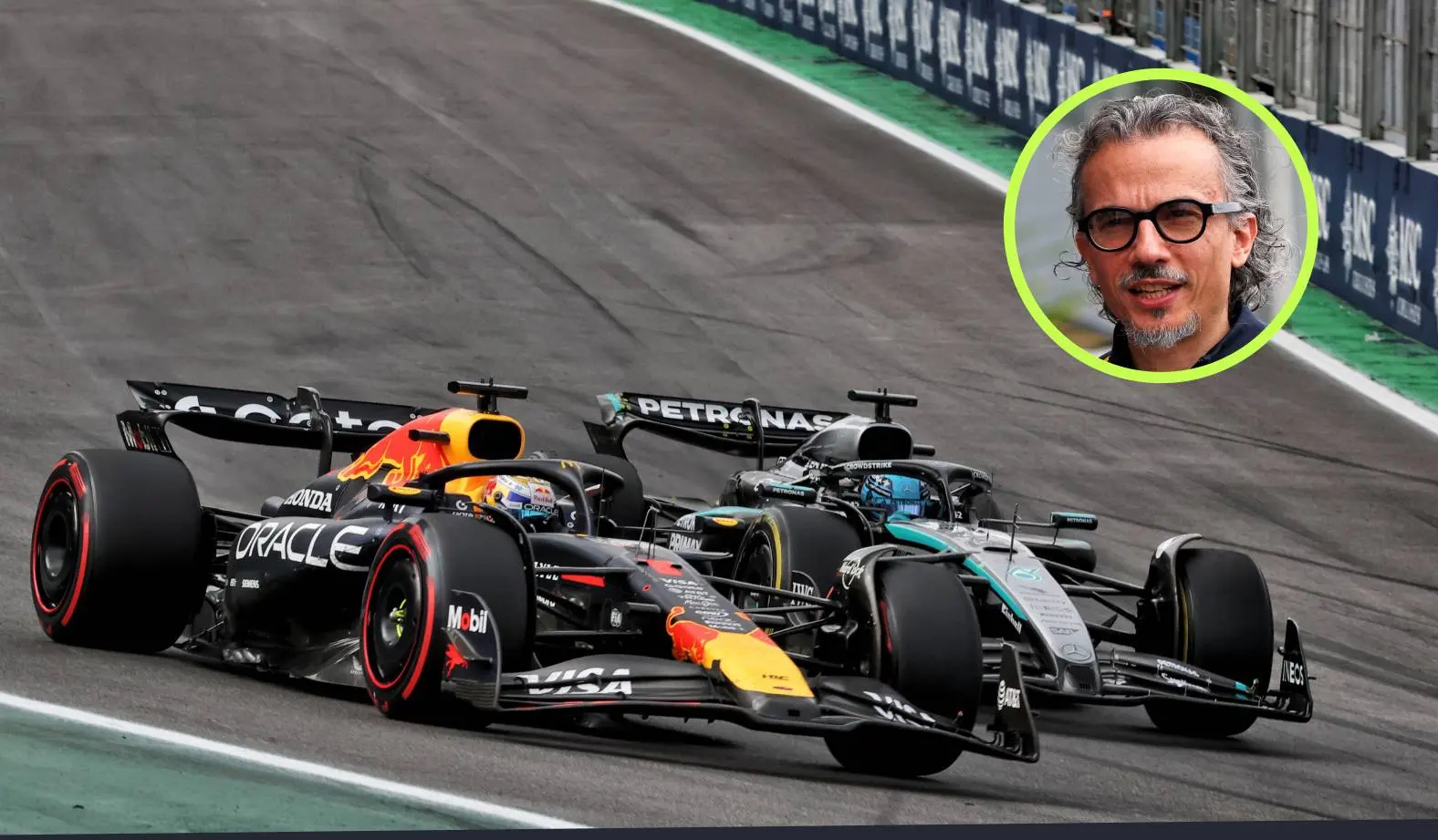
Mekies also discussed the psychological aspect of decision-making under pressure. On the pit wall the discussions move quickly and every second counts. Engineers and the race director must analyze the data, predict competitors’ reactions and choose the strategy that maximizes the chances of success. Mekies said that while the team would never know exactly where they would have finished without that stop, the decision was justified and allowed Verstappen to remain competitive until the end. This transparency helps us understand that F1 is as much a discipline of strategic calculations as it is a sport of speed and driving.
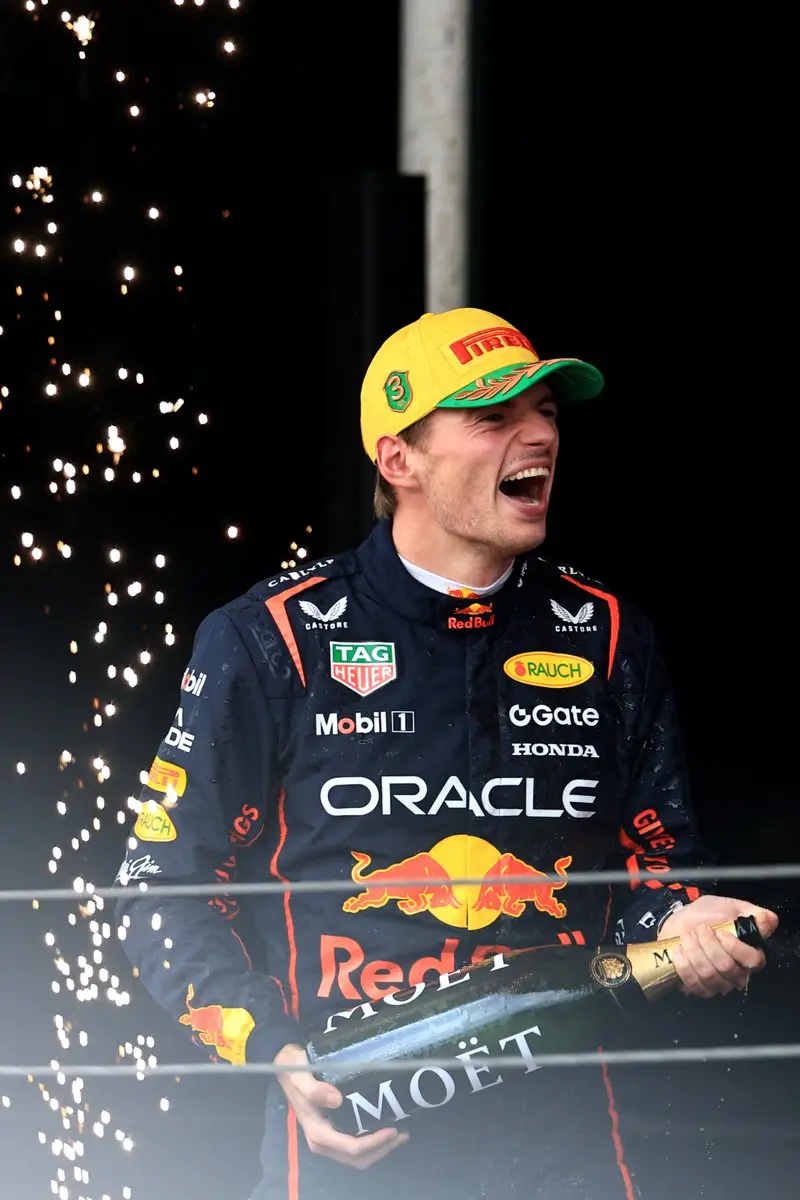
Mekies’ response also reflects Red Bull’s strategy philosophy. The team always tries to make the best of every situation, even when faced with unpredictable variables. The late stop at Interlagos shows that the team does not hesitate to make bold decisions if they offer an opportunity to maximize the end result. Mekies points out that choices sometimes don’t guarantee victory, but they do help secure crucial championship points. This pragmatic approach is essential in a sport where small details can make the difference between victory and a disappointing performance.
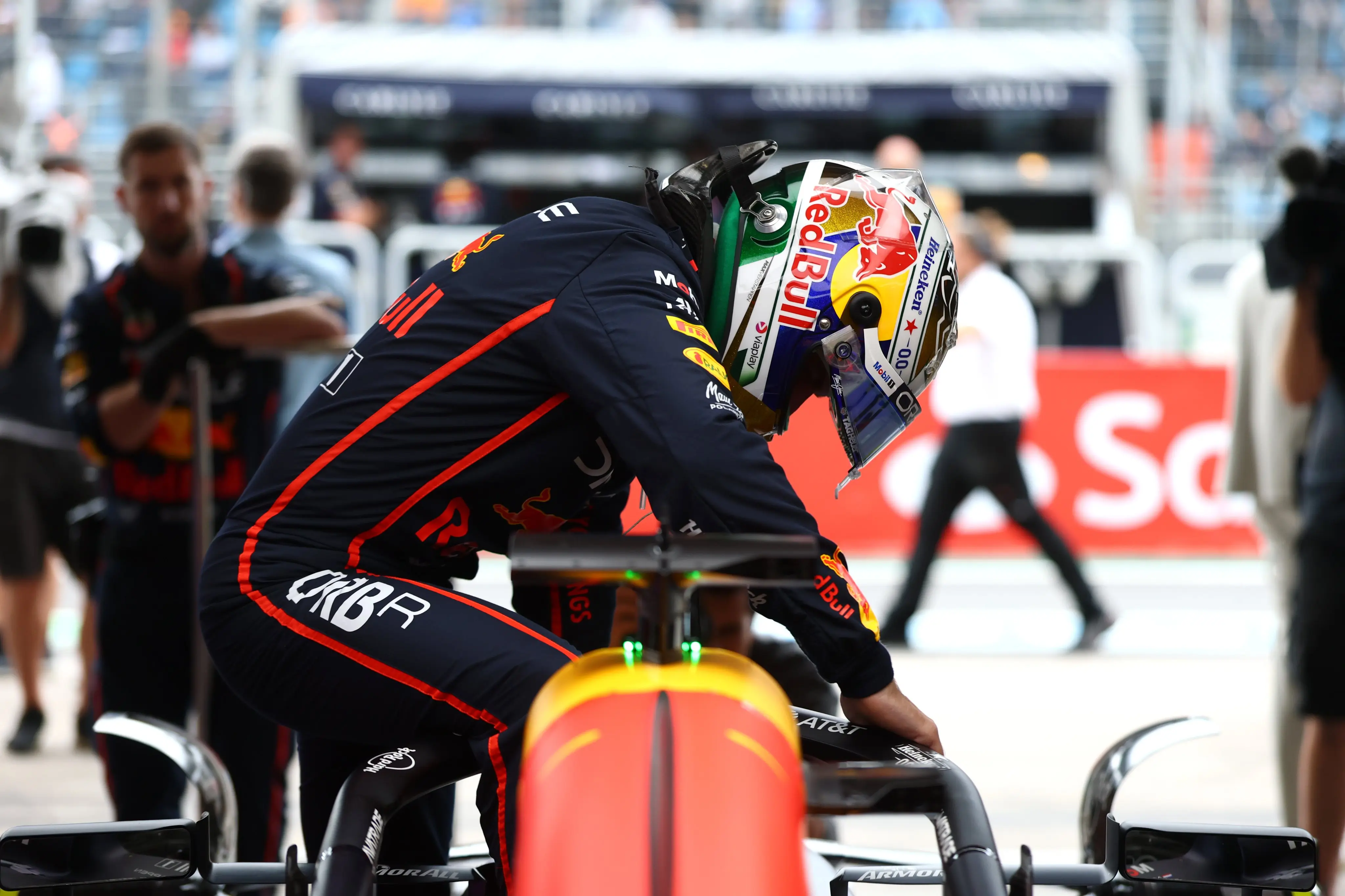
Mekies’ analysis also allows us to better understand the complexity of the race director role. Every decision has a direct impact on the driver and the overall result of the team. He must balance technical data, driver experience and race conditions to make the best possible decision. The case of Verstappen shows that even such a talented driver cannot overcome certain technical limitations without the strategic support of the team. The late stop was therefore not just a matter of timing, but a calculated decision to maximize performance potential under difficult conditions.
Finally, this situation at Interlagos underlines the importance of communication between the driver and the pit wall. Verstappen followed the team’s instructions and adjusted his race according to the established strategy. Mekies emphasizes that this kind of collaboration is essential for success in F1, where precision and synchronization are paramount. The decision to make a second stop was not a mistake, but a strategic choice aimed at guaranteeing an optimal result despite the challenges of the race. This transparency shows how F1 teams make complex decisions in real time, using a combination of data analysis, experience and intuition, and how this directly impacts the championship and drivers’ careers.






